November 4th, 2022
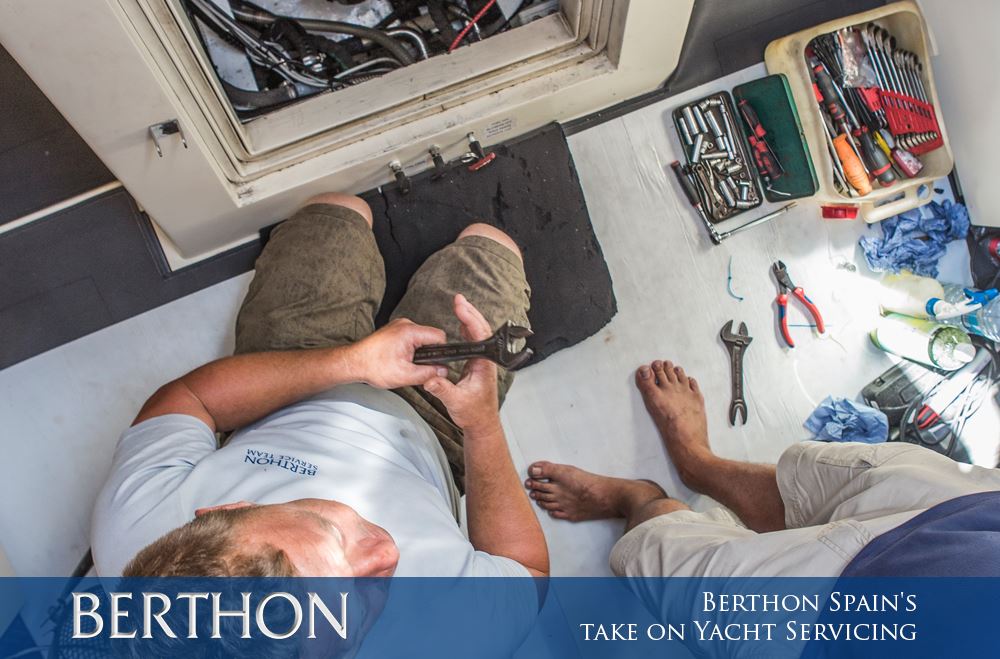
Owning a yacht brings with it a responsibility to keep everything in good working order and regularly checked and serviced. There are many different components to both sailing & motor boats and each requires different maintenance schedules.
As a guideline, depending on use, many of the systems on board a yacht can be serviced every year, provided they have been checked monthly, or in some cases even more frequently.
Commercial vessels are required to service their safety equipment every year, which is an excellent guideline for any vessel to follow.
| Equipment | Service requirement | Frequency |
| Main Engine | Full service | Yearly |
| Generator | Full service | Yearly |
| Winches | Full service | Yearly |
| Seacocks | Exercised | Monthly |
| Watermaker | Fresh water flush | Weekly |
| Thrusters | Visual check/Full service | Yearly/Every 2-3 years |
| Sails | Visual check | Yearly |
| Life Raft | Service | Yearly |
| Fire Extinguishers | Service | Yearly |
| Life Vests | Service | Yearly |
Theoretically, an engine and generator that has had its belts, oil level, and a general visual check every month, will only need a once-a-year or 500 hours service, depending on use. A 30-year-old diesel engine can still run perfectly well as long as it has been maintained correctly.
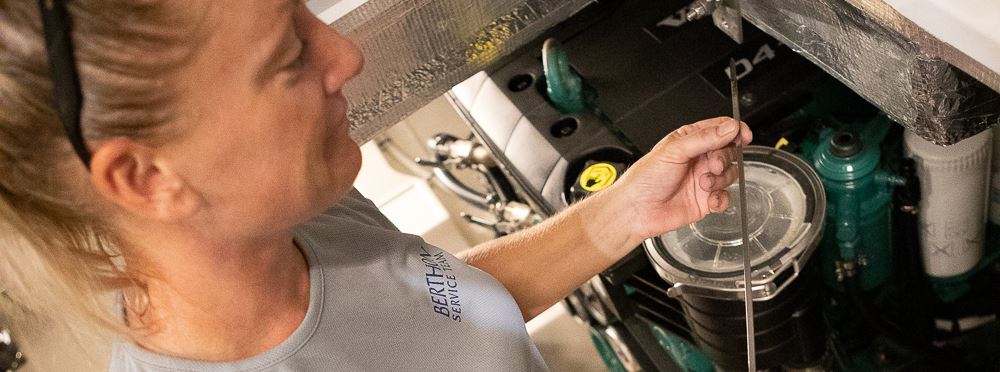
A full service of your engine and generator includes:
A monthly visual check is essential for catching any small problems before they turn into something bigger (and undoubtedly more expensive). The first sign of corrosion around a pipe join can identify a small leak. A smudge of oil in a previously clean engine bilge, if not dealt with promptly, can transform into a much larger oil leak, potentially resulting in complete engine failure.
Do not forget the engine on your tender! An outboard engine will need similar care as your main engine. However, bear in mind that a jet tender will have different maintenance requirements to a 20hp outboard.
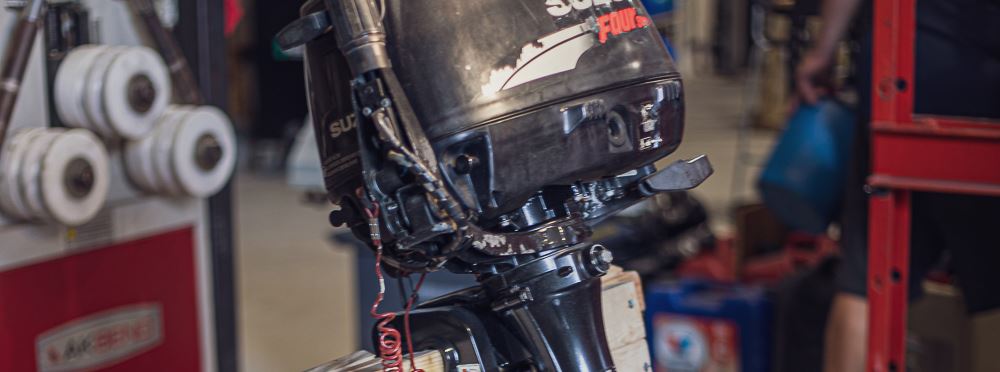
Winches need to be serviced every year. At the very least, they should be taken apart for a visual check, old grease cleaned off and fresh grease and oil applied. All those tiny, intricate parts need to be inspected for wear and damage and replaced where necessary.
In some cases, it is enough to have regular visual checks, for example, a set of sails taken off for winter can be checked and only serviced if necessary.
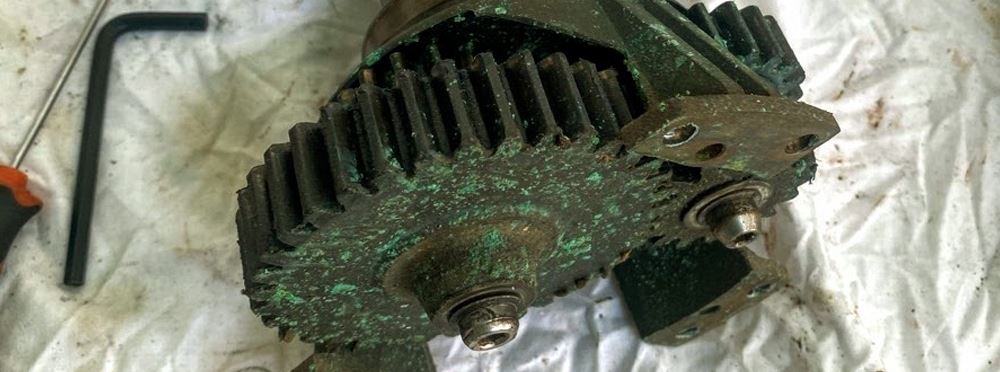
Checking the underside of your boat should be done at regular intervals. We recommend a yearly haul out or at the very least a visual inspection in the water from a qualified diver. The through hull fittings (seacocks), anodes, propellers and propeller shaft all need to be checked.
The rudder bearings and cutlass bearings as a minimum need to be checked yearly.
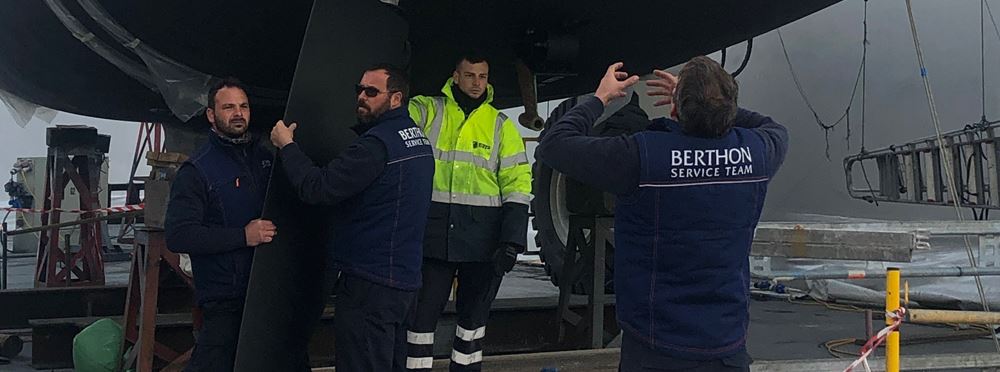
If you have thrusters on-board, as long as they are checked yearly, they probably only need a service every 2-3 years, following appropriate use.
There are some things on-board which need more frequent attention; sea strainers should be checked at least every week, and sea cocks should be exercised at least once a month.
If you have a watermaker on-board you will know that they like to be used, and if not in use, a fresh water flush every 7 days is needed. For longer term storage of a watermaker, the membranes must be flushed and stored with a chemical solution. The accompanying high-pressure pump will need a yearly check, as well as any other water pump you may have on-board, not forgetting your bilge pump.
When a set of sails are removed for winter, take the opportunity for a thorough visual check and only service them if necessary. If you choose to not remove your sails each winter, a regular maintenance schedule should be implemented to include dropping the sails to deck level to allow for a visual check. Regular yearly checks of your running rigging are also vital – removing and washing all lines and halyards each year allows for this.
How often, by law, to service your life raft is determined by the flag of your vessel. Here in Mallorca, a Spanish flagged yacht will need to service the life raft every year, along with any hydrostatic release units, if fitted. Yachts from a different flag state, for example UK flagged yachts, require a service of the life raft every 3 years from new, and rafts over 10 years old require a service annually. Any HRUs fitted follow the same service pattern as the raft.
Portable fire extinguishers, both powder and water based, need a yearly service, with an extended service every 5 years. Fixed fire extinguishing systems, for example in an engine room, follow the same standards.
Depending on the type of life vests/jackets kept on board, a yearly check and service is the standard rule. Inflatable jackets require a service each year whereas foam jackets need only an annual visual inspection.
Deciding which company to trust with your yacht maintenance is an important decision. A great starting point is to ask around for local references. A meeting with the engineers prior to carrying out the work is equally a good idea. You can make sure they are knowledgeable and confident in their ability to do what is expected of them.
Never be afraid of asking to see someone’s liability insurance – if something goes wrong and it gets expensive, it is essential to know that their insurance will cover them.
Similarly, avoid cash-in-hand workers. With no official paper trail or invoiced work, you have no come back if any warranty work is needed, or any insurance claims need to be made. You might also want to think about whether they have adequate tools & equipment and whether they have the necessary safety apparatus to complete the job.
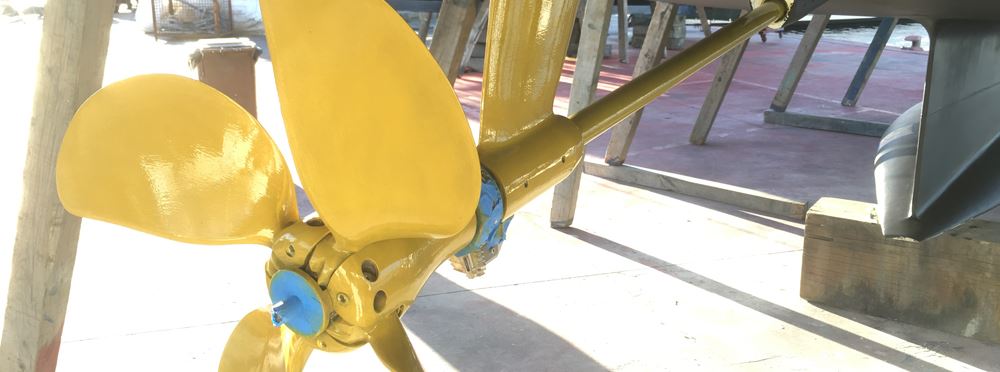
If you neglect to regularly service and properly maintain your yacht, you may well get away with it for a while, but you are taking huge risks with the safety of yourself and your crew. When something does go wrong, you can expect it to be much more of a financial shock in comparison to the managed costs of scheduled maintenance. If something goes catastrophically wrong with an engine that has been neglected, you may be looking at needing a new engine, the cost of which is rather a lot higher than that of a yearly service.
Much more important than the financial cost is the safety aspect. There can be disastrous consequences to equipment failing whilst under load. Not just damage to the boat but damage to the people on-board. Moreover, in a worst-case scenario where you find yourself needing to launch a life raft, one that has been serviced in the last 12 months seems like a much safer place than one that is 10 years old.
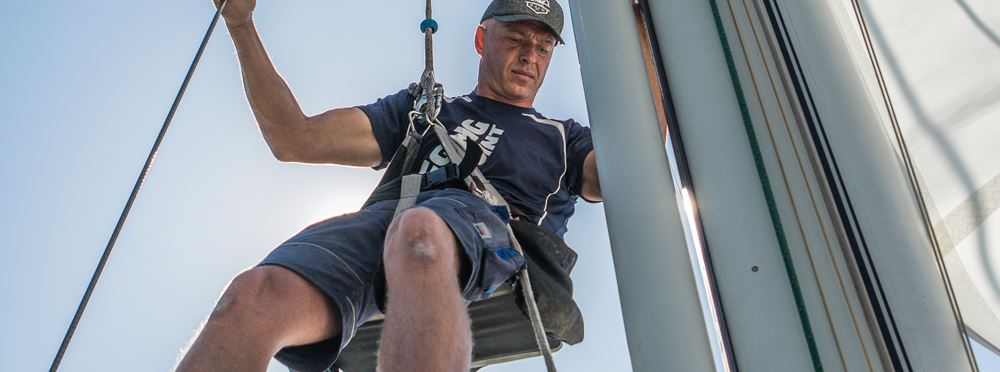
Contact andrew.fairbrass@berthonspain.com.
| Cookie | Duration | Description |
|---|---|---|
| wp-wpml_current_language | session | WordPress multilingual plugin sets this cookie to store the current language/language settings. |
| Cookie | Duration | Description |
|---|---|---|
| _ga | 1 year 1 month 4 days | Google Analytics sets this cookie to calculate visitor, session and campaign data and track site usage for the site's analytics report. The cookie stores information anonymously and assigns a randomly generated number to recognise unique visitors. |
| _ga_* | 1 year 1 month 4 days | Google Analytics sets this cookie to store and count page views. |
| _gat_gtag_UA_* | 1 minute | Google Analytics sets this cookie to store a unique user ID. |
| _gid | 1 day | Google Analytics sets this cookie to store information on how visitors use a website while also creating an analytics report of the website's performance. Some of the collected data includes the number of visitors, their source, and the pages they visit anonymously. |
| Cookie | Duration | Description |
|---|---|---|
| VISITOR_INFO1_LIVE | 6 months | YouTube sets this cookie to measure bandwidth, determining whether the user gets the new or old player interface. |
| VISITOR_PRIVACY_METADATA | 6 months | YouTube sets this cookie to store the user's cookie consent state for the current domain. |
| YSC | session | Youtube sets this cookie to track the views of embedded videos on Youtube pages. |
| yt-remote-connected-devices | never | YouTube sets this cookie to store the user's video preferences using embedded YouTube videos. |
| yt-remote-device-id | never | YouTube sets this cookie to store the user's video preferences using embedded YouTube videos. |
| yt.innertube::nextId | never | YouTube sets this cookie to register a unique ID to store data on what videos from YouTube the user has seen. |
| yt.innertube::requests | never | YouTube sets this cookie to register a unique ID to store data on what videos from YouTube the user has seen. |
